Just as Mustang body design has changed over the decades, so have the engines that power America's
favorite sports car. Mustang engine development covers a lot of technology especially considering the
car's almost 60-year history. Most 'Stang enthusiasts can tell the difference between a Fox Body and an
SN95, but some fans have a more challenging time understanding the difference between overhead camshaft
(OHC) engines. In this article, we'll explain SOHC vs. DOHC Mustang engines and highlight the valve technology that has
been used throughout the years. Don't worry, we're not going back to the 60s. We'll focus on Ford's
modular V-8 engines that first appeared in a Mustang in 1996. Be sure to check out our other
pushrod vs cam article if you want to learn about older Mustang engine technology
and are curious about how pushrod and overhead cam powerplants compare.
SOHC
DOHC
SOHC vs DOHC
Pros & Cons
Engine Valves Explained
Overhead Cam Engines
SOHC is an abbreviation for a single overhead cam (or camshaft) engine. With this configuration, there is
only one camshaft per cylinder bank. DOHC is short for a dual overhead cam engine. Here, you will find two cam rods for each cylinder bank.
With a DOHC engine, one camshaft operates the intake valves while the second camshaft operates the
exhaust valves. So, the difference is easy to remember. SOHC means one single camshaft for each cylinder bank, and DOHC
means two camshafts per cylinder bank. Later on, we'll get into more details about cylinder valves, but
typically a single overhead cam Mustang will have two valves per cylinder, and a dual overhead cam
Mustang will have four valves per cylinder. There are exceptions which we'll cover below. But, it's
essential to know about valves as we compare these two engine types. Performance: While not always the case, engine designs with dual camshafts produce more
power than SOHC-based engines. This is often due to the use of four valves per cylinder in DOHC engines.
The nature of OHC engine architecture allows for dual camshafts and quad valve set up. From a
performance standpoint, SOHC engines don't take advantage of this potential. Fuel Economy: Fuel efficiency is enhanced when air is allowed to flow properly, and gas
is burned more completely. DOHC engines with four-valve technology--which provides for two intake valves
and two exhaust valves--embrace this concept, especially when compared to the dual-valve configuration
of SOHC engines. Complexity: Ford's modular V-8 engines have proved to be robust and reliable for the
most part. However, when engine problems arise, the more complex design of a DOHC will mean higher
repair costs than a single-cam engine. The extra dual-cam components also mean higher manufacturing
costs (and a higher cost to the consumer). Lastly, a DOHC engine is larger and heavier than its SOHC
counterpart. NVH Control: The better the engine control, the better the ability to reduce noise,
vibration, and harshness (NVH). Dual cams and quad valves are all about maximizing an engine's
capability. And while a SOHC Mustang engine won't vibrate the steering wheel out of your hands, a DOHC
will come across as smoother and more polished compared to a SOHC powerplant. In pursuit of more horsepower, better fuel economy, and fewer emissions, engine designers have constantly
played with various approaches to cylinder valves. Over the years, Ford has deployed 2-valve, 3-valve,
and 4-valve setups in Mustang OHC engines. Before we look at specific powerplants, let's first review
basic valve technology. In engineering, fewer moving parts reduces complexity. However, this can limit performance and
efficiency. While the 2-valve Mustang engine design is more straightforward, the individual intake and
exhaust valves are larger and heavier (than those used with 4-valve setups). This requires stiffer valve
springs which can limit upper-end airflow due to valve float. As we mentioned, less airflow reduces
performance potential. At first glance, a 3-valve SOHC engine seems like an odd approach. And, yes, three is an odd number. But,
Ford engineers sought to boost performance without undertaking a DOHC engine design's expense and
complexity. A 3-valve setup--which uses two intake valves and one exhaust valve for each
cylinder--produces better airflow, particularly at the top end, compared to two-valve engines. In a 4-valve configuration, each individual valve is smaller and lighter than the valves used in a
2-valve engine. Less weight means softer valve springs and reduced valve float. Reduced low-end torque
is overcome through variable cam timing, which Ford calls twin independent variable camshaft timing
(Ti-VCT). Ti-VCT gives an engine the ability to separately control the timing of the intake and exhaust
camshafts found in DOHC engines. Keep in mind that variable valve timing and variable camshaft timing do
the same thing: control the cylinder valves. Now that we've learned about SOHC and DOHC engines and how cylinder valves work let's explore Mustang
engine technology's progression. For Mustangs and its fans, the world changed with the 1996 model year. Ford axed the long-serving pushrod
5.0 V-8 in favor of a modern OHC V-8. The modular 4.6L V-8 first saw service in the GT. This SOHC
Mustang relied on a 2-valve configuration to produce 215 hp and 285 lb-ft of torque. Clearly demonstrating the advantages of 4 valves per cylinder, Ford takes the same engine but doubles the
valve count and adds a DOHC setup. This reworked powerplant is used in the SVT Cobra edition from
1996-1998 and offers 305 hp and 300 lb-ft of torque. The 42% increase in horsepower is impressive from
both a technology and performance perspective. The same 4-valve, DOHC modular 4.6L V-8 also saw duty in
the 2003-2004 Mach 1. Through the remainder of the SN95/New Edge Mustang lifecycle, GT specs would eventually reach 260 hp and
302 lb-ft of torque. Thanks to additional engineering tweaks and a supercharger, SVT Cobra output hits
390 hp and 390 lb-ft of torque for 2004. Not wanting to rest on their laurels for the fifth-generation S917 Mustang, Ford engineers introduced
three-valve cylinder technology to the Mustang along with variable camshaft timing. The 4.6L also
received cylinder heads from its cousin, the 5.4L Triton, and the engine block was switched to aluminum.
GT output now offers 300 hp and 320 lb-ft of torque. For 2010, GT horsepower increases to 315 (torque
didn't change). Using the same 3-valve SOHC engine, Mustang is available for 2008-2009 as a Bullitt variant. Output
reaches 315 hp and 325 lb-ft of torque thanks to a modified intake and exhaust. 2011 was another game-changing year for the Mustang as enthusiasts saw the return of the 5.0L engine.
However, the only thing this powerplant had in common with its pushrod predecessor was the 5.0 moniker.
Dubbed the Coyote after A.J. Foyt's winning Indy Car, this V-8 was basically an enlarged and enhanced
version of the modular 4.6L engine. But the improvements were significant. The Mustang GT now enjoys a
4-valve DOHC engine as standard equipment. And the numbers are impressive, with 412 hp and 390 lb-ft of
torque. The updated (second generation) Coyote launches with the release of the all-new S550 Mustang for 2015.
Engine output gets a bump to 435 hp and 400 lb-ft of torque. 2018 sees the Gen 3 Coyote's debut with GTs
enjoying 460 hp and 420 lb-ft of torque. A tweaked Coyote engine with 480 hp is used in the 2019-2020
Bullitt and 2021 Mach 1. Learn more about the the
history of the Coyote
engine right here at Steeda. Source: Mustang Specs, Engineering Explained, Car
ThrottleDOHC vs SOHC In Mustang Engines
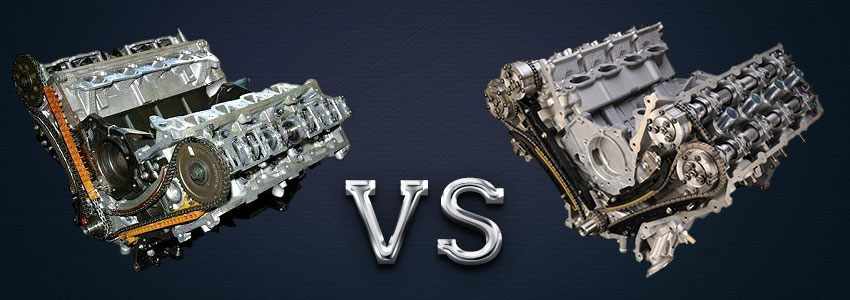
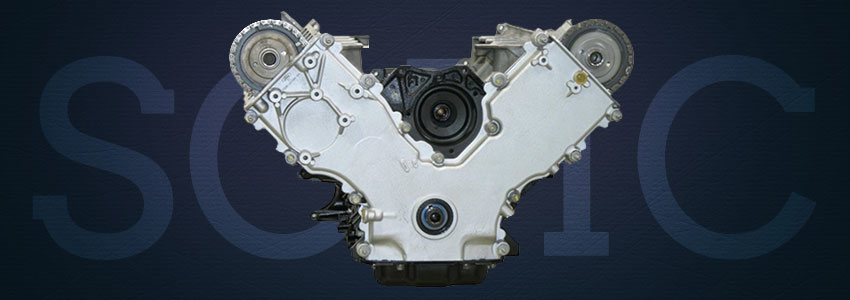
What Is A SOHC Mustang Engine?
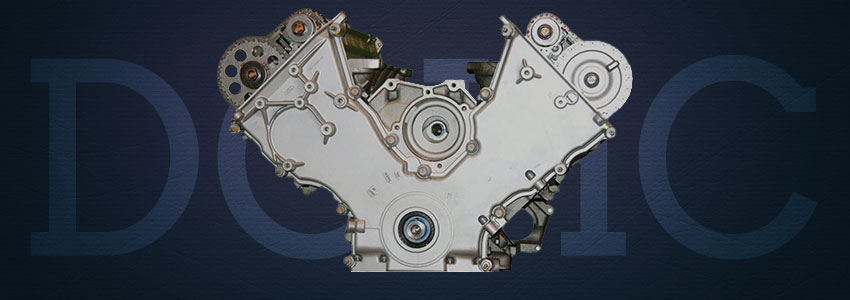
What Is A DOHC Mustang Engine?
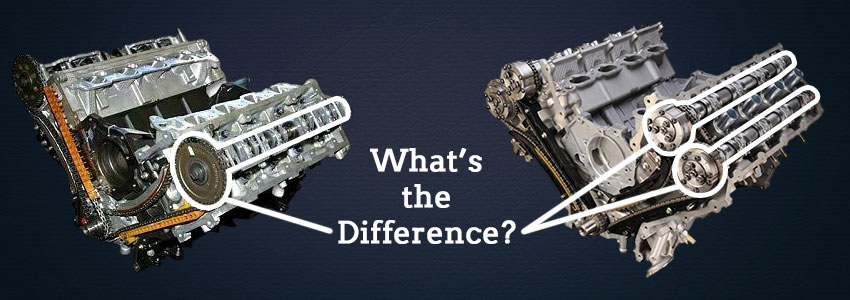
SOHC vs DOHC: What's The Difference?
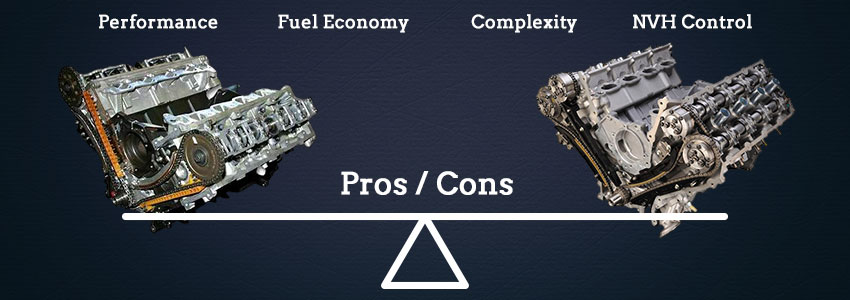
SOHC vs DOHC: Pros and Cons
All About Mustang Engine Valves

2-Valve Mustang Engines
Applicable Years: 1996-2004 GT (4.6L)
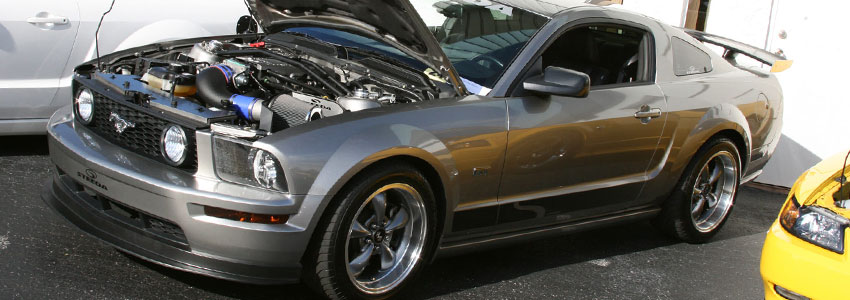
3-Valve Mustang Engines
Applicable Years: 2005-2010 GT (4.6L)

4-Valve Mustang Engines
Applicable Years: 1996-1998 / 2001 / 2003-2004 SVT Cobra (4.6L),
2003-2004 Mach 1 (4.6L), 2011+ GT (5.0L)
Mustang Overhead Cam Engines

SN95 Mustang GT and SVT Cobra

S197 Mustang GT and Mustang Bullitt
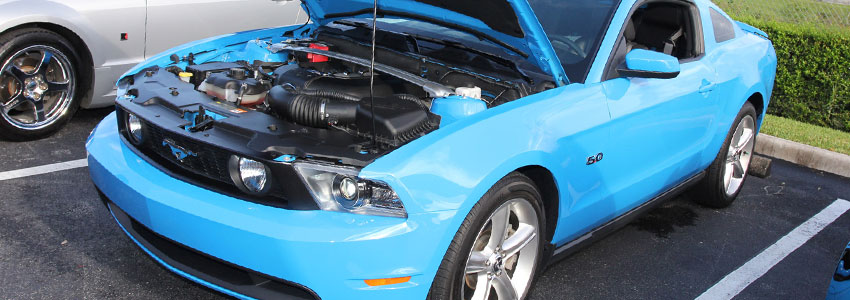
5.0L Coyote DOHC Mustang Engine
Related Articles




